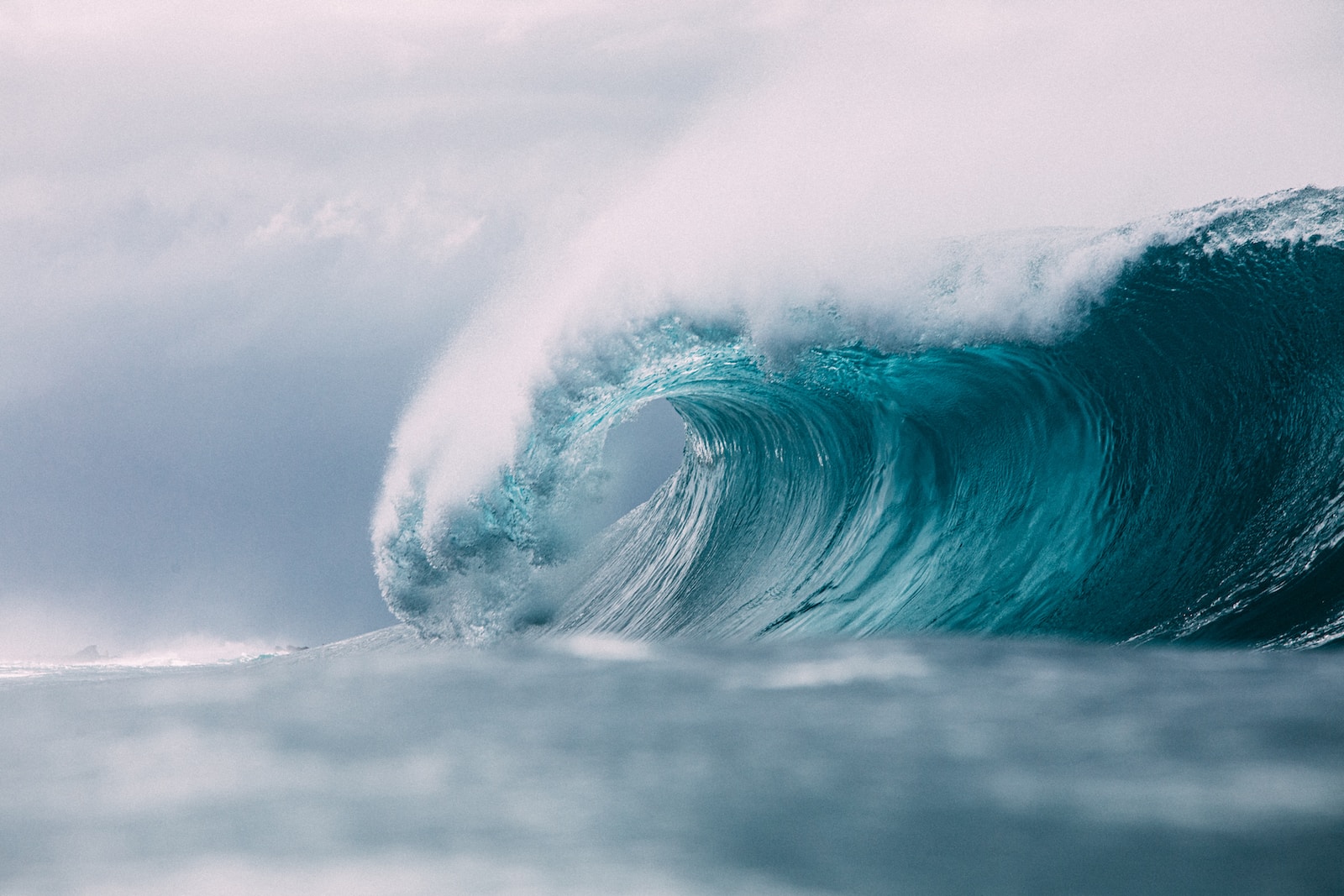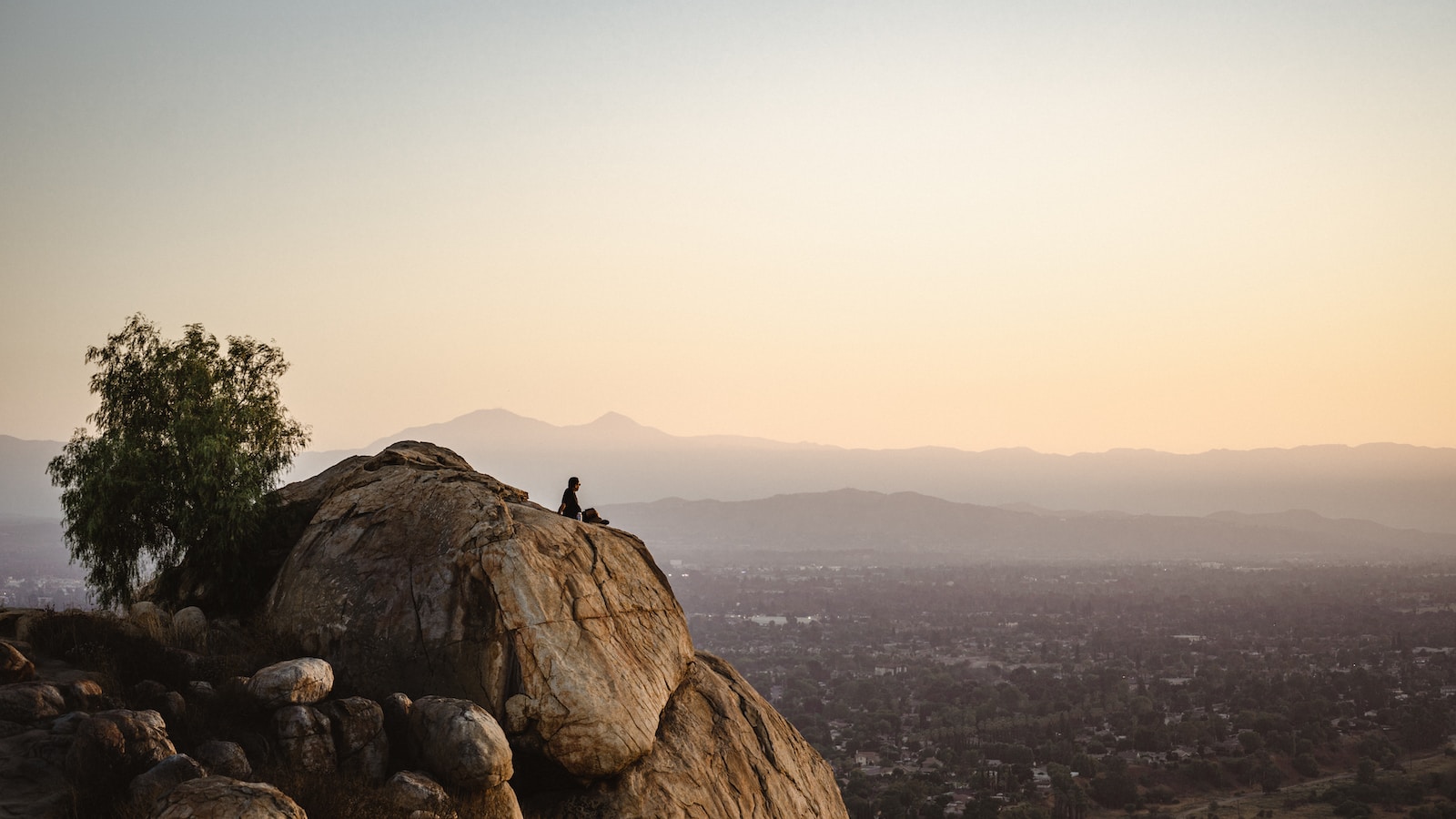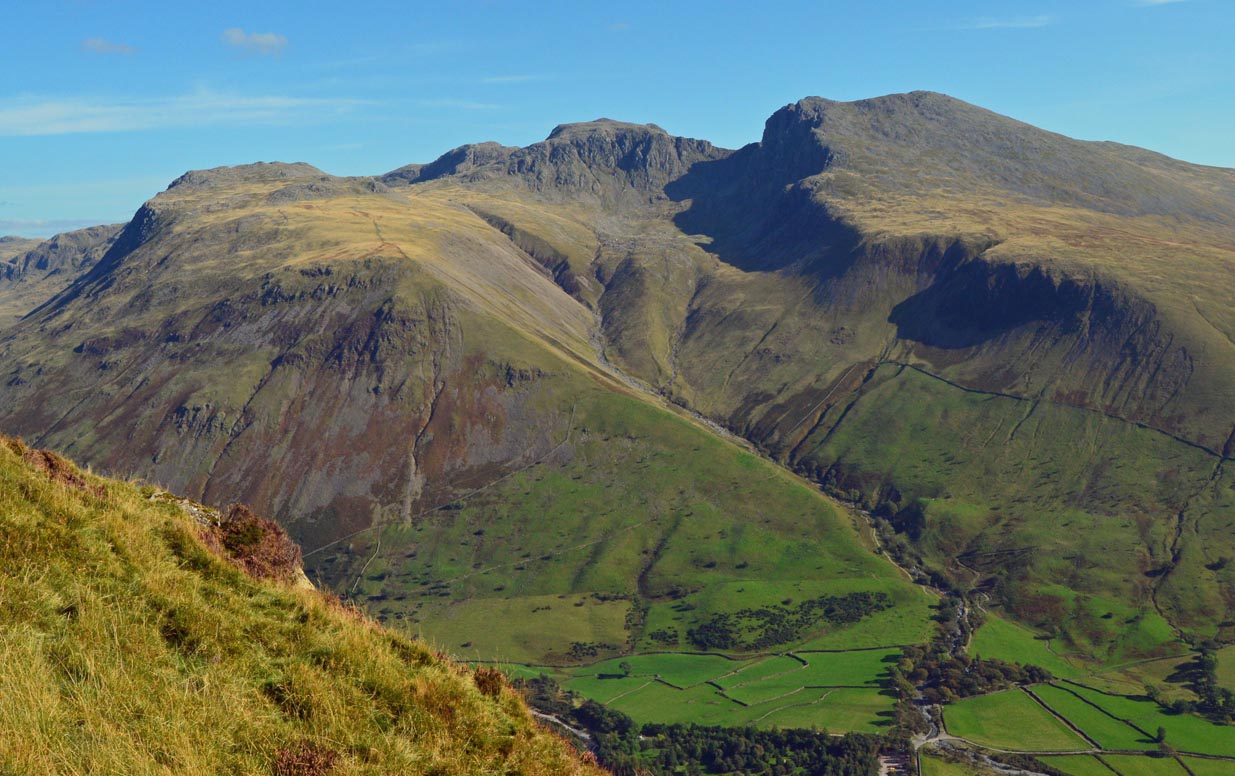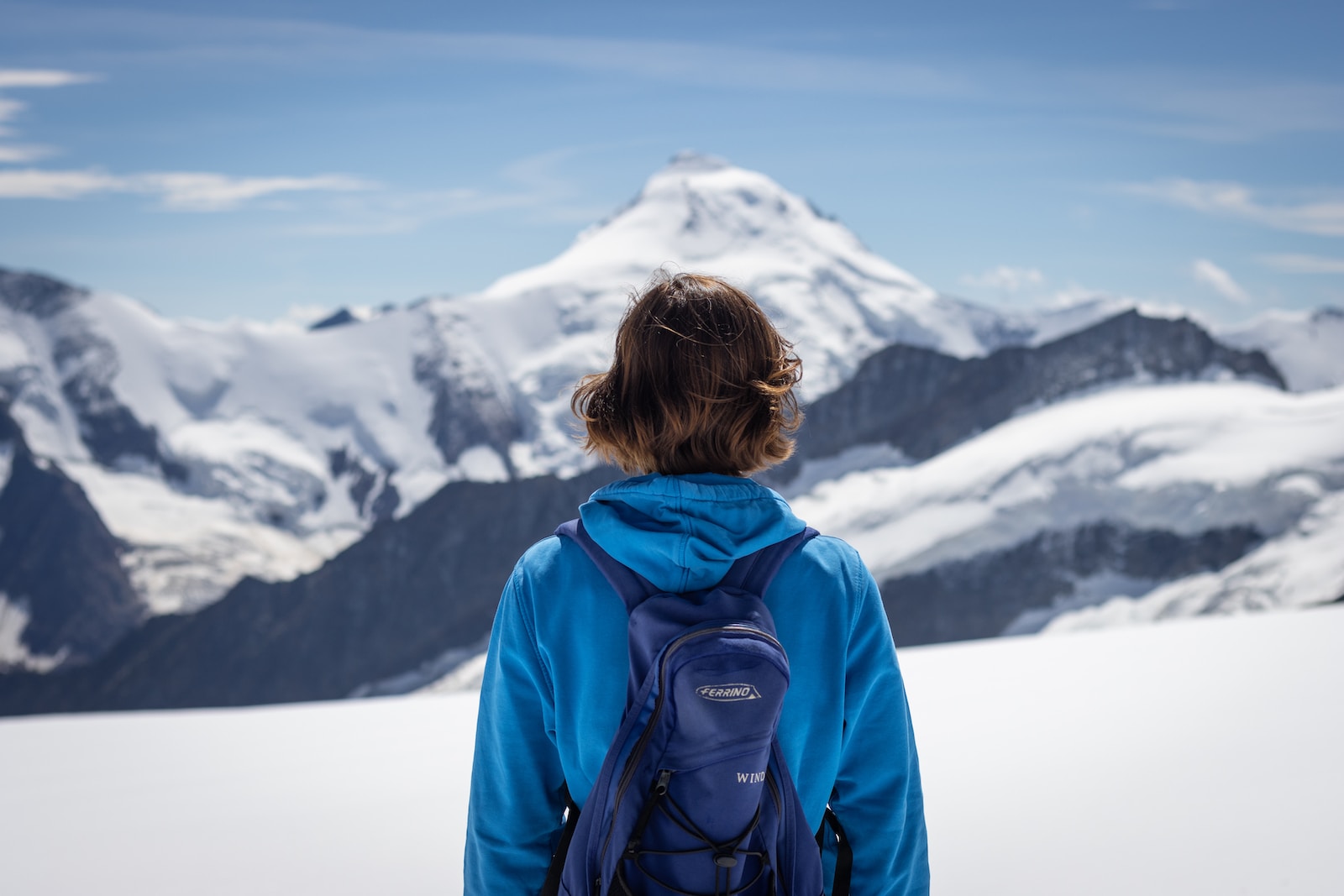Welcome to “Waves Crashing – Capturing the Power of the Ocean,” a comprehensive guide on shooting powerful wave images. If you’re a nature photography enthusiast or simply fascinated by the breathtaking beauty of the ocean, this blog is for you. Discover the art of high-speed photography, learn the best camera settings for capturing fast-moving subjects, and gather valuable tips on staying safe while shooting in unpredictable environments. Dive into the world of ocean photography and immerse yourself in the mesmerizing movement and raw energy of crashing waves.
Table of Contents
- The Beauty and Power of Crashing Waves
- The Thrill of Nature Photography
- My Story: Capturing the Power of the Ocean
- Frequently Asked Questions
- 1. How do you capture waves crashing with high-speed photography?
- 2. What are the best camera settings for shooting fast-moving subjects like waves?
- 3. Are there any safety precautions to consider when shooting in unpredictable ocean environments?
- 4. What are some tips for capturing the power and beauty of the ocean through photography?
- 5. Can you recommend any gear for shooting ocean photography?
- Wrap Up
The Beauty and Power of Crashing Waves
Crashing waves evoke a sense of awe and wonder, showcasing the immense power and beauty of the ocean. Capturing that power through the lens of a camera requires careful technique and an understanding of both photography and the ocean’s unpredictable nature. In this blog, we will explore how to freeze the motion and capture the dynamic energy of waves, creating striking images that truly convey the essence of the ocean.
Understanding High-Speed Photography
High-speed photography is the key to freezing the fast-paced action of crashing waves. It allows you to capture the split-second moments when waves reach their peak, revealing intricate details that are otherwise missed by the naked eye. To achieve stunning high-speed shots, it’s important to choose the right equipment, set appropriate camera settings, and employ effective shooting techniques. Let’s dive into the specifics to help you master the art of capturing the dynamic motion of waves.
Choosing the Right Camera and Lens
When it comes to high-speed photography, having the right equipment is crucial. Look for a camera with a fast burst rate, capable of capturing a series of quick shots in rapid succession. Additionally, a lens with a long focal length and wide aperture will allow you to focus on the details and create a pleasing depth of field. Before heading out to the beach, make sure your gear is ready to withstand the challenging conditions.
Camera Settings for Fast-Moving Subjects
Mastering camera settings is essential in freezing the motion of crashing waves. Start by setting your camera to manual mode, giving you full control over the exposure settings. Use a fast shutter speed to freeze the action, typically around 1/1000 of a second or faster. An aperture between f/8 and f/11 will provide sufficient depth of field and sharpness throughout your image. Adjust the ISO to maintain optimal exposure, balancing it with the aperture and shutter speed.
Tips for Shooting in Unpredictable Environments
Photographing crashing waves involves working in an ever-changing environment where safety is paramount. The ocean can be relentless, so it’s important to prioritize your well-being while capturing these incredible images. Always be aware of your surroundings, paying attention to tide changes, potential hazards, and unpredictable wave actions. Carry necessary safety equipment such as a waterproof camera bag, sturdy tripod, and appropriate clothing to keep yourself protected during your photography adventures.
The Thrill of Nature Photography
While shooting crashing waves is a thrilling experience, let’s not forget the broader world of nature photography. This genre offers countless opportunities to capture the beauty of the natural world, from serene landscapes to captivating wildlife. Whether you’re an experienced photographer or just getting started, immersing yourself in nature photography will open doors to endless creative possibilities. Embrace the adventure and let your camera be the gateway to awe-inspiring imagery.
Did you know that the power of ocean waves can reach up to 12 tons per square meter?
Now armed with the knowledge of high-speed photography and equipped with the right camera settings, you’re ready to embark on your journey to capture the power, beauty, and essence of crashing waves. Prepare to be captivated by the ever-changing dance of ocean waves and unveil extraordinary images that freeze these fleeting moments forever. Safeguard yourself, respect the ocean’s power, and let your creativity flow as you immerse yourself in the thrilling world of ocean photography.
My Story: Capturing the Power of the Ocean
I still remember the first time I ventured into ocean photography. The roaring sound of waves crashing against the shore and the immense power they held fascinated me. I wanted to capture that raw energy, freeze it in time, and share it with the world through my photographs. Little did I know, my journey would be a mix of thrill, challenges, and rewards.
Challenges Overcome
As with any photography genre, shooting ocean waves came with its fair share of obstacles. The first challenge I faced was finding the perfect location. I scouted various beaches, looking for those with the biggest waves crashing against the rocks. Eventually, I discovered a secluded spot where the waves were particularly powerful and unleashed their energy with incredible force.
However, shooting in such unpredictable environments brought about another challenge: safety. The crashing waves could quickly sweep me off my feet, so I had to ensure I maintained a safe distance from the water’s edge. I also had to be wary of incoming tides and always keep an eye on the surf conditions to avoid getting caught in a dangerous situation.
Aside from safety concerns, technical aspects posed their own hurdles. High-speed photography requires precise timing to capture the peak of the wave just as it crashes. Adjusting my camera settings accordingly was essential to freeze the motion effectively. I found that using a fast shutter speed, typically around 1/1000s or higher, allowed me to capture the details within each wave as it broke and exploded into a spray of water droplets.
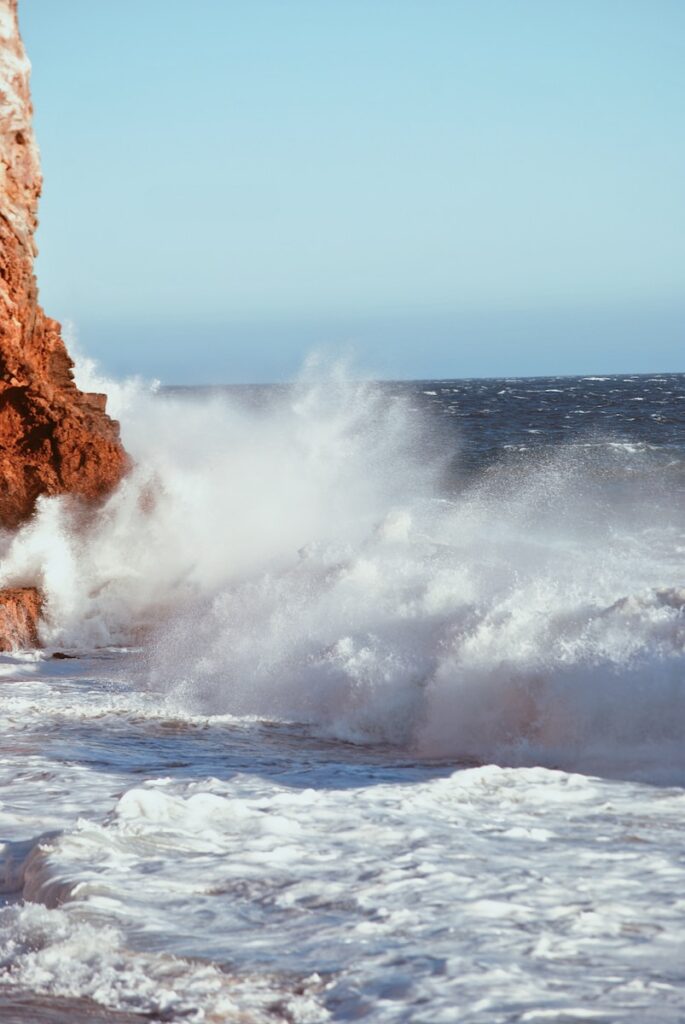
Benefits of Ocean Photography
Despite the challenges, ocean photography is an incredibly rewarding experience. It allows me to connect with nature on a profound level, immersing myself in the power and beauty of the ocean. Every wave is unique, and being able to capture its raw energy in a photograph is truly special.
Moreover, ocean photography offers endless opportunities for creativity. Each crashing wave creates a dynamic and ever-changing subject, providing countless possibilities for unique compositions. The interplay between light and water adds an ethereal touch to the images, creating a sense of drama and capturing the essence of the environment.
Whether you are an experienced photographer or just starting, I encourage you to venture into the world of ocean photography. Embrace the challenges, respect the power of the waves, and seize the opportunities to create breathtaking images that showcase the true force and beauty of nature.
Frequently Asked Questions
1. How do you capture waves crashing with high-speed photography?
To capture waves crashing with high-speed photography, you’ll need a camera with a fast shutter speed and continuous shooting mode. Set your camera to a high shutter speed (1/1000sec or faster) to freeze the motion of the waves. Use burst mode to capture multiple shots in quick succession, increasing your chances of capturing the perfect moment.
2. What are the best camera settings for shooting fast-moving subjects like waves?
When shooting fast-moving subjects like waves, it is recommended to use a combination of a high shutter speed, a narrow aperture, and a higher ISO setting. Set your camera to shutter priority mode (Tv/S) and select a fast shutter speed to freeze the motion. Use a narrow aperture (higher f-stop value) to ensure a wider depth of field. Increase the ISO setting to compensate for low light conditions or to achieve a faster shutter speed if needed.
3. Are there any safety precautions to consider when shooting in unpredictable ocean environments?
Absolutely! Safety should always be a priority when shooting in unpredictable ocean environments. Here are a few tips to keep in mind:
- Stay alert and aware of your surroundings at all times.
- Observe the waves from a safe distance before getting closer.
- Wear appropriate protective gear, such as non-slip shoes and a wetsuit if necessary.
- Avoid shooting near rocky cliffs or dangerous currents.
- Keep your equipment secure and be prepared for sudden waves or unexpected changes in weather.
4. What are some tips for capturing the power and beauty of the ocean through photography?
To capture the power and beauty of the ocean through photography, consider the following tips:
- Experiment with different angles and perspectives to bring out the scale and intensity of the waves.
- Look for interesting natural elements like rocks or seagulls to add depth to your composition.
- Utilize slow shutter speeds to capture the motion and create a sense of drama.
- Pay attention to the lighting conditions and aim for golden hour or sunset for warm, atmospheric shots.
- Don’t hesitate to get close to the water to create more immersive shots, but be cautious of your surroundings.
5. Can you recommend any gear for shooting ocean photography?
When shooting ocean photography, there are a few essential gear recommendations:
- A sturdy tripod to keep your camera stable, especially for long exposure shots.
- A wide-angle lens to capture the vastness of the ocean and the waves.
- A waterproof camera bag or protective housing to keep your gear safe from water splashes.
- A lens hood to minimize lens flare caused by the sun or harsh lighting conditions.
- A remote shutter release to avoid camera shake during long exposures.
Wrap Up
Now that you’ve learned all about capturing the power of the ocean through high-speed photography, it’s time to grab your camera and head to the beach. With the right equipment and camera settings, you can freeze the crashing waves and capture breathtaking moments in nature.
Remember, safety should be your top priority when shooting in unpredictable environments. Stay aware of your surroundings and be cautious of any sudden wave surges.
We hope this guide has inspired you to explore ocean photography and unleash your creativity. Have you tried shooting waves crashing before? Share your experiences and stunning ocean images in the comments below. Let’s connect and inspire each other!
